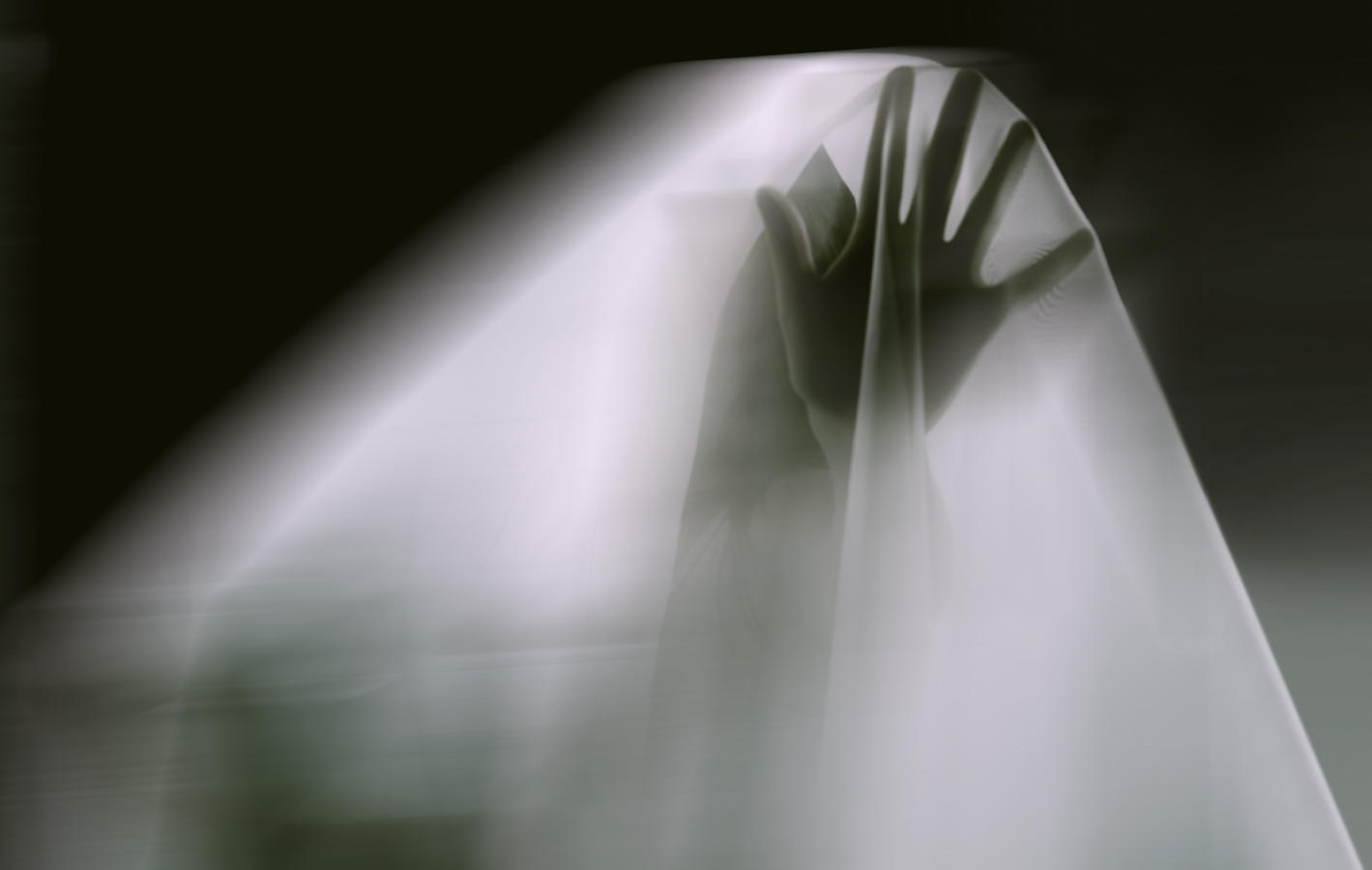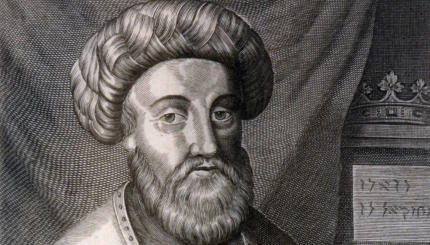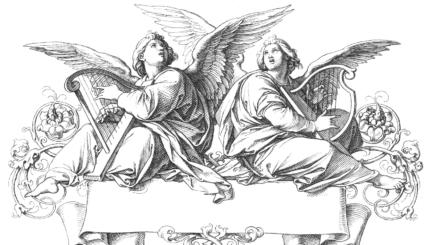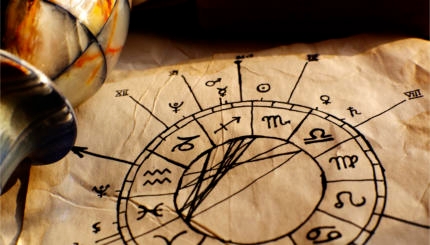Exorcism is a ritual of power performed in order to drive an evil spirit, whether demonic or ghostly, from a possessed person, location, or object. The Christian scholar Origen credits Jews with a special talent for exorcising demons (Against Celsus, book 4).
The first allusion to exorcism appears in the Bible, in the youth narratives of David (l Samuel). But while the biblical David seemed to be able to effect a temporary expulsion of Saul’s evil spirit using music, the book of Tobit contains the first explicit description of an (informal) exorcism. Josephus recounts incidents of possession and exorcism in his Antiquities of the Jews (2, 5, 8, 45-48). In his description, exorcism involved burning herbs and immersing the possessed person in water. The New Testament also reports Jesus to have performed numerous exorcisms of demonic spirits in first-century Palestine (Matthew 12; Mark 5, 6, 13; Luke 8).
The Dead Sea Scrolls include several exorcism incantations and formulae, mostly directed against disease-causing demons. The DSS Psalms collection in particular (11Q5) has “four songs for the charming of demons with music.” People who fell under the influence of false prophets and mediums were thought to also require the exorcism of possessing evil spirits (the false prophets and mediums themselves were subject to death, a sure cure for most possessions; see Zechariah 13).
The mentions the procedure, though at times in a tongue-in-cheek manner (Pesikta de-Rav Kahannah 1:4, Numbers Rabbah 19.8). An extended story in Leviticus Rabbah 24:3 tells of the exorcism of a well of water involving iron implements and shouted formulae. Shimon bar Yohai exorcises a demon that assists him in getting the cooperation of Caesar in lifting an oppressive decree against the Jews. In a medieval Midrash, Hanina ben Dosa is credited with exorcising an evil spirit haunting an old woman. Intriguingly, in the last two accounts, the Sages exorcise demons, even though each of the evil spirits actually behaved in a beneficial fashion. By the late Middle Ages, whole texts dedicated to demons started to appear.

Help us keep Jewish knowledge accessible to millions of people around the world.
Your donation to My Jewish Learning fuels endless journeys of Jewish discovery. With your help, My Jewish Learning can continue to provide nonstop opportunities for learning, connection and growth.
Get That Spirit Out!
Key to any Jewish exorcism is having a truly pious man, an abba, baal shem, rebbe, or a rabbi, conduct the ceremony. This is in contrast with Mesopotamian and Greco-Roman practices, which generally use a physician.
The process usually starts with the exorcist ritually purifying himself, either according to traditional Jewish practice, or by special means, such as anointing himself with water and oil. Some exorcists may invoke the presence of a maggid, or beneficent spirit, to assist them.
Many exorcisms were public events, either performed in a synagogue, or at least requiring the presence of a minyan, a minimum of ten men that normally makes up a ritual quorum (Divrei Yosef). Various somatic symptoms (swellings, paralysis, markings, and bodily sensations) were sought in the victim for diagnostic purposes (Sha’ar ha-Gilgulim). Most techniques include interviewing the demon and/or dybbuk, taking a personal history, as it were, in order to understand what is motivating the spirit and so better effect the removal (Shalshelet Ira-Kabbalah).
Power of Speech
Many possessing spirits are evidently quite forthcoming and loquacious. At times cooperation was coerced from the demon by “fumigation,” exposing it to smoke and sulfur, a sympathetic invocation of the infernal realms (Igrot ha-Ramaz). The goal of the interview is to eventually learn the name of the evil spirit.
The exorcist then uses the power of the demonic spirit’s own name to “overpower” it, by round after round of scripted ritual actions involving threats and rebukes, getting more intense and invasive with each effort. A few ceremonies on record reached the point of actually “beating” the demon out, but most simply involved verbal coercion.
Jewish exorcisms are usually “liturgical,” using protective passages from the Psalms and other sacred texts. Antidemonic psalms have been found among the Dead Sea Scrolls, though whether they were used in actual exorcism is impossible to know.
The same idea resurfaces in the Middle Ages, with Psalms 10, 91, and 127 particularly being lauded for their power against evil spirits. Sefer ha-Gilgulim (by Hayyim Vital, 16th-17th centuries) instructs the patient to recite Psalms 20, 90, and Ana B’koah, an acrostic prayer made from a name of God. Rituals accompanying the recitations can include sounding a or the use of other Jewish objects, such as candles, scrolls, kvittles (written requests for spiritual guidance, healing, or miraculous intervention, sent to a master), (phylacteries), or lamps (Sha’ar Ruah ha-Kodesh 89; Ma’aseh shel Ruah be-Kehillah). Later exorcism reports include the use of amulets (Minhat Yehudah 47a).
According to Lurianic Kabbalah, exorcism of a possessing dybbuk involves the tikkun, or “repair” of the ghostly soul. The tzadik/exorcist accomplishes this by promising the dybbuk salvation, then extracting all its goodness, restoring those resources to the root soul or Treasury of Souls, until the estranged evil consciousness withers and is annihilated. Thus the Lurianic kabbalist is acting on behalf of both the victim and the dybbuk.
Exit Ghost
The primary sign of a successful exorcism was a bloody fingernail or toenail, the point by which the dybbuk enters and leaves the body. Occasionally there are reports of spirits violently leaving through the throat, vagina, or rectum. A sudden and dramatic change in the victim’s behavior is also a sure sign of recovery (Igrot ha-Ramaz 24b).
Interestingly, Jewish exorcisms are occasionally reported to have failed. Apparently, reports of misadventures are virtually non-existent in Catholic tradition. Jews, as always, are highly self-critical.
In a related tradition, it is believed righteous individuals have the power to gather up lost souls who are trapped in this world and release them so they may continue their journey into the afterlife. Figures such as the Baal Shem Tov, Rabbi Nahman of Bratzlav, and Rabbi Hayyim ben Attar were famous for doing this.
Reports of exorcisms continue to come out of traditional communities both in the United States and Israel, though there has been a marked decline in the number over the past century.
Reprinted with permission from the Encyclopedia of Magic, Myth, and Mysticism (Llewellyn Worldwide).



